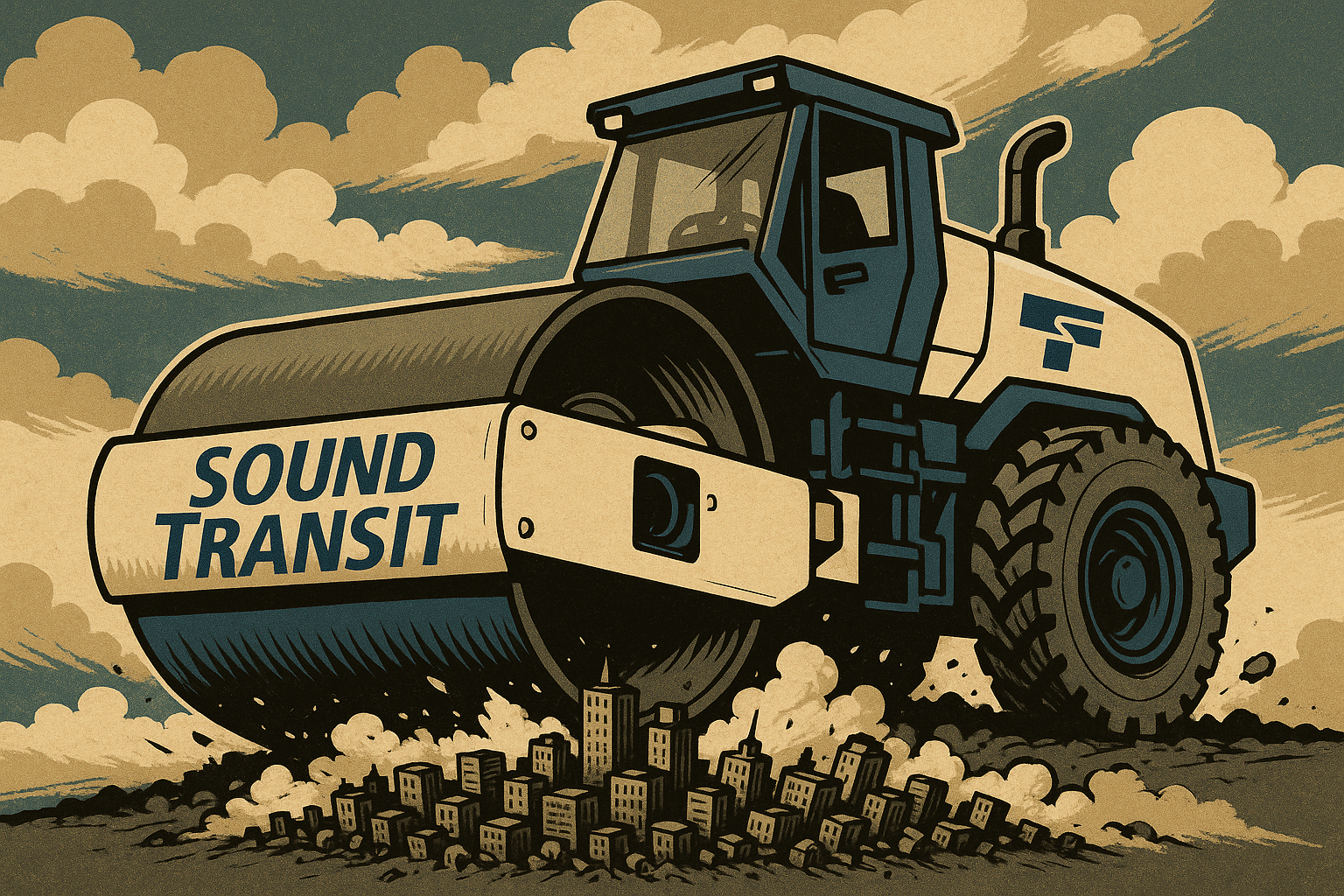Related Articles
In a Seattle Times article today, reporter Mike Lindblom details some privacy concerns with the ORCA card.
ORCA stands for One Regional Card for All and replaces 300 other passes or transfers into a single system. But what really got my attention with this article is this:
Boeing has over 70,000 employees in Washington, and I presume most of them in the Puget Sound region. Average transit mode share in the region is about 4-6% so only 1,200 Boeing employees using transit seems very low to me.
If right, it's this kind of data that challenges transit's "build it, and they will come" model. In economics, supply is a function of demand. This means a willingness to use a service must exist before a supply of that service is created. Boeing executives do not make 300 airplanes knowing they will only sell 100. Likewise, governments should not spend a disproportionate amount of taxes in low demand sectors, where the willingness to use the service does not justify the spending.
European transit systems provide a good contrasting example of how these economic concepts app! ly.
In Switzerland, transit is successful, not because of the amount of service or infrastructure, but because the country has certain demographic and economic characteristics that induce demand.
In other words, there is an existing market with a customer base and Swiss policymakers respond with proportional infrastructure investments. As a result, mode share, ridership and fare box recovery are high.
In the United States, transit resources are distributed in just the opposite way.
Under the “build it, and they will come” theory, policymakers think that increasing the supply of transit will somehow create more public demand. This speculative model fails because most U.S. cities do not posses the economic or demographic characteristics that create enough voluntary consumers for public transit.
This doesn't mean public transit is bad. It just means using the economic principles of supply and demand shows that building excess transit capacit! y before there is an equal amount of willingness to use it lea! ds to an underperforming system. As a result, mode share, ridership and fare box recovery are low.
This is why I'm not surprised to see studies showing how bad traffic is in our region.
Seattle has nation’s worst traffic congestion: Study
Washington highways nation’s 15th worst


